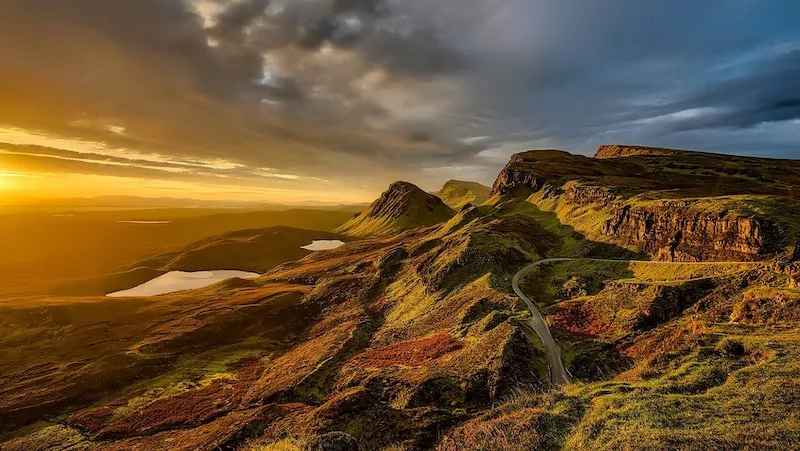The Scottish Government is calling on people across the country to have their say on new plans to protect nature, reduce pollution and help tackle climate change all while supporting jobs and improving health and wellbeing.
A newly published draft of Scotland’s Environment Strategy outlines how the nation can become greener, fairer and more prosperous by taking action to restore biodiversity, cut waste and emissions, and embrace a more sustainable way of living.
The public consultation is now open, and everyone is encouraged to take part.
The strategy highlights the powerful links between protecting the planet and improving people’s lives.
Key proposals include boosting green industries, expanding renewable energy, and restoring nature in ways that create jobs, reduce inequality and increase access to green spaces for all.
One of the headline ambitions is a transition to a circular economy where more materials are reused, repurposed or recycled, rather than ending up as waste.
Scotland’s low carbon and renewable energy sector is already a growing force.
Independent analysis by EY shows that with the right support, the sector could support nearly 80,000 jobs by 2050.
Nature restoration also plays a central role in the plan.
Projects funded by the Nature Restoration Fund are already helping to bring life back to damaged landscapes while also offering spaces for people to enjoy and connect with the outdoors.
These projects don’t just support biodiversity they support physical and mental wellbeing.
Cabinet Secretary for Climate Action and Energy Gillian Martin said the strategy is about creating joined-up solutions.
“These issues are deeply connected,” she said.
“By tackling pollution, biodiversity loss and the climate crisis together, we can improve the quality of people’s lives and create opportunities for communities and businesses across Scotland.”
She noted that Scotland has already made strong progress, from banning single-use plastics to expanding Low Emission Zones and growing the share of renewables on the national grid.
But she stressed that more needs to be done and that this strategy is a vital step forward.
“We want to tackle global challenges in a way that brings local benefits,” she said.
“This means green jobs, cleaner air and water, and a better quality of life for everyone.”
Deputy First Minister and Cabinet Secretary for Economy and Gaelic, Kate Forbes, said the draft strategy demonstrates how Scotland can achieve both environmental and economic success.
“It highlights the business and investment opportunities that will emerge as we move towards a net zero, nature-positive future,” she said.
Members of the public can read the draft and submit feedback now.
This is a chance to help shape the path ahead for nature, for the economy, and for Scotland’s future.





